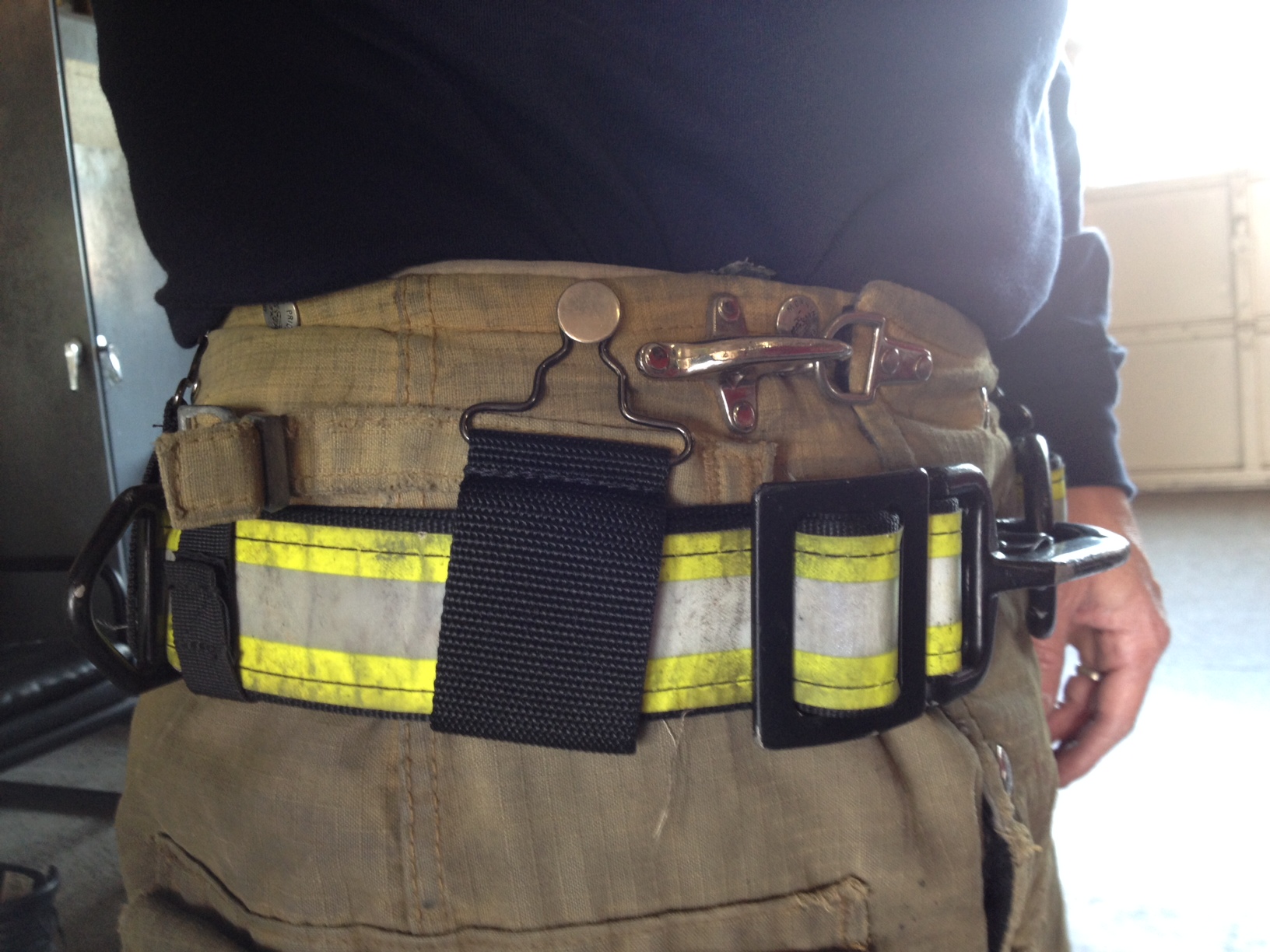
Two-person rope has a total weight limit of 600 lb. One-person rope has a weight limit of 300 lb. NFPA 1983 specifies design, construction, and performance criteria. Must be used when supporting the weight of one or more persons. Used in most cases when it is NOT necessary to support a person, such as hoisting or lowering tools. Must be used anytime a person is supported whether in training or in an actual emergency. Two primary types of rope are life safety and utility. A fire fighter must be able to tie simple knots accurately and without hesitation. Ropes and knots are an important part of training. Ropes are widely used in the fire service. Describe hoisting methods for tools and equipment. Describe the types of knots to use for given tools, ropes, or situations. Describe how to tie safety, half hitch, clove hitch, figure eight, figure eight on a bight, figure eight with a follow-through, bowline, and sheet bend or Becket bend knots. Describe the knot types and their usage in the fire service. List the reasons for placing a life safety rope out of service. Describe how to record rope maintenance. Describe how to clean and check ropes. 
Describe how to use rope to support response activities.

Describe the construction of a kernmantle rope.List the three most common synthetic fiber ropes used for fire department operations.Describe the differences between life safety rope and utility rope.






 0 kommentar(er)
0 kommentar(er)
